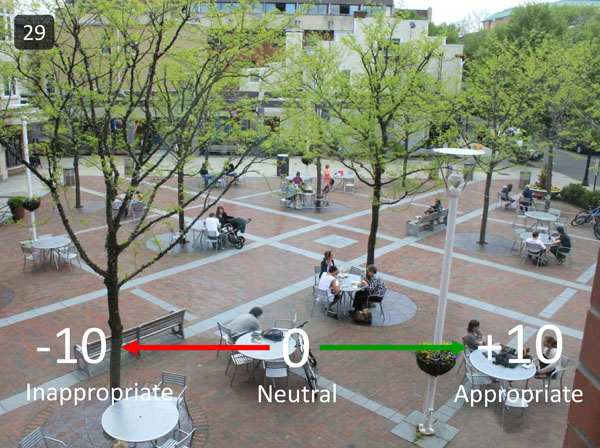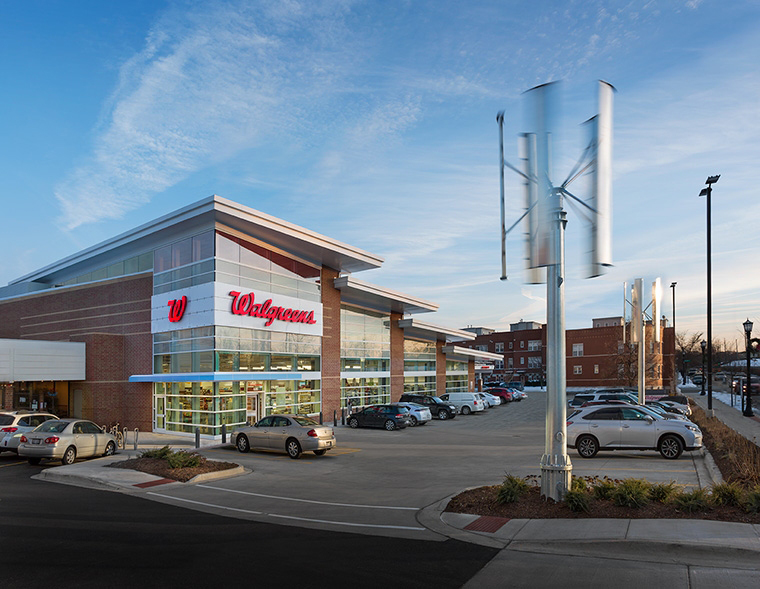 Future I Part 2: Performance enhancement- a dead end
Future I Part 2: Performance enhancement- a dead end
In the last post, I described how performance enhancement is increasingly becoming a core mission of many architectural practices. Performance enhancement, however, goes far beyond being a practical goal; it is an attitude, almost a design philosophy. If the architect is not careful, it becomes the sole design criterion , eclipsing essential but unquantifiable factors such as social, ethical and expressive considerations.
Architects often blithely claim that there is no conflict between maximizing performance and “other” design goals. I’m not so sure. Performance is based on measurable metrics: how many kilowatt hours per square foot per year, foot-candles of daylight, dollars per square foot, etc. Although performance always involves trade-offs (you can’t optimize everything- or even very many things- at once) comparisons among alternatives are straightforward calculations. In this value system, the status of design qualities that can’t be quantified is uncertain. Even if architects believe that some such qualities are necessary for a good building, weighing their value against hard numbers is difficult.
I believe that there is an implicit conflict between performance and other design values. Performance deprives non-performative values of any rationale, any basis for discussion that could elevate them above questions of individual preference. Performance becomes an ideology, valuing buildings solely on the basis of how well they meet performance metrics. Architecture cannot serve its social and cultural purposes if performance is the metric by which it is judged.

One approach to this problem is to substitute measurable proxies for non- performance- based qualities. For example, esthetics can be treated as a matter of opinion and measured by polls. This is what “visual preference surveys” do (see above photo). A group of people are shown alternative designs (or design elements) and the one that gets the highest score is chosen. The obvious shortcomings of this particular process are typical of the strategy: a proxy always distorts the quality it’s meant to represent. It places measurability above fidelity to a particular value. This seems to me to ensure the ultimate triumph of performance as the sole criterion for design, and the loss of the intangible qualities that distinguish architecture from mere functional building.
A way out?
Performance enhancement as a goal of architectural design is here to stay. It’s hard to argue with the benefits of better performance when it comes to energy consumption, embodied energy, carbon footprint, lowered cost (up to a point), faster construction, etc. What we need is a way to incorporate performance analysis in a more holistic design process. Parametric design offers a possible answer. As currently practiced, parametric design usually focuses only on a building’s form and structure. However, this is not an inherent limitation of the method. Almost anything can serve as a parameter if it can be made computable. Computability is not nearly as narrow a constraint as being strictly quantifiable. Recursive iteration allows algorithmic systems to seek solutions that are not the product of straightforward calculations but rather “satisfice” many criteria (i.e. come as close as possible to meeting them all while actually meeting none). Many of the explorations in computational design being carried out today can be seen as efforts to understand how the constraint of computability affects design outcomes. This question needs direct investigation. Another insufficiently explored dimension of parametric design is the role of the human designer. A human designer affects the algorithmic design process both in designing the algorithmic system itself and in choosing “winners” for further exploration from a set of algorithmically produced solutions. This allows- compels- a designer to explore her ideas beyond those explicitly embodied in the algorithmic system. There’s a great deal of work to be done to reconceive design is this way.
One way or another, architects must find a way to avoid the performance “trap” and maintain the value of other types criteria in the design process. We can’t be satisfied with simply wrapping a performative object in an interesting form, or dressing it up with nice materials. As problematic and unfashionable an idea as it may be, a meaningful built environment is architecture’s ultimate product. Left unaddressed, the architecture future of performance enhancement will lead to the replacement of architecture by engineering.
